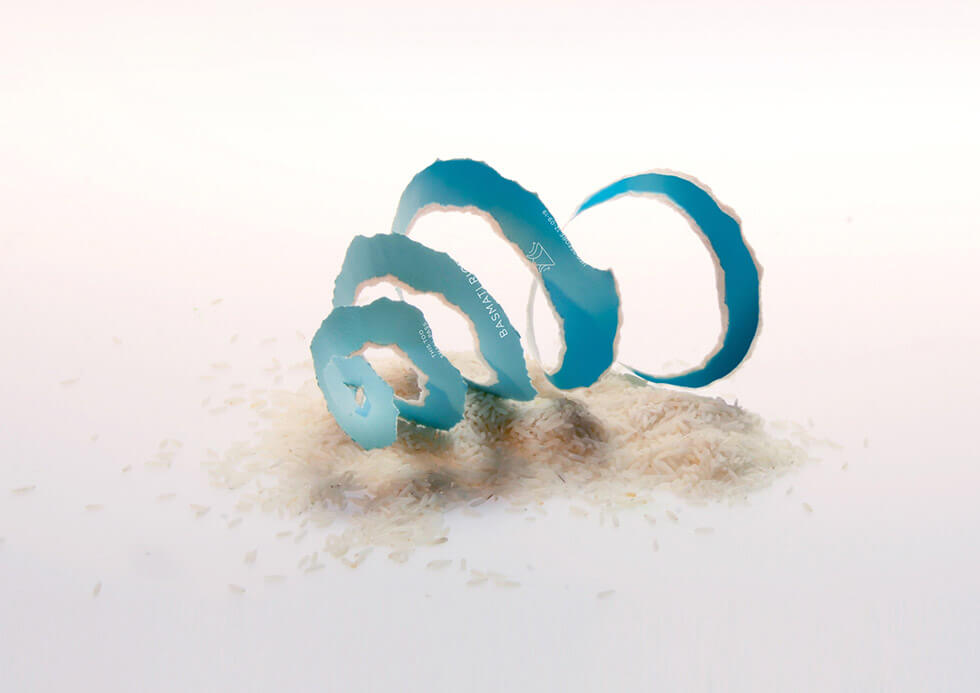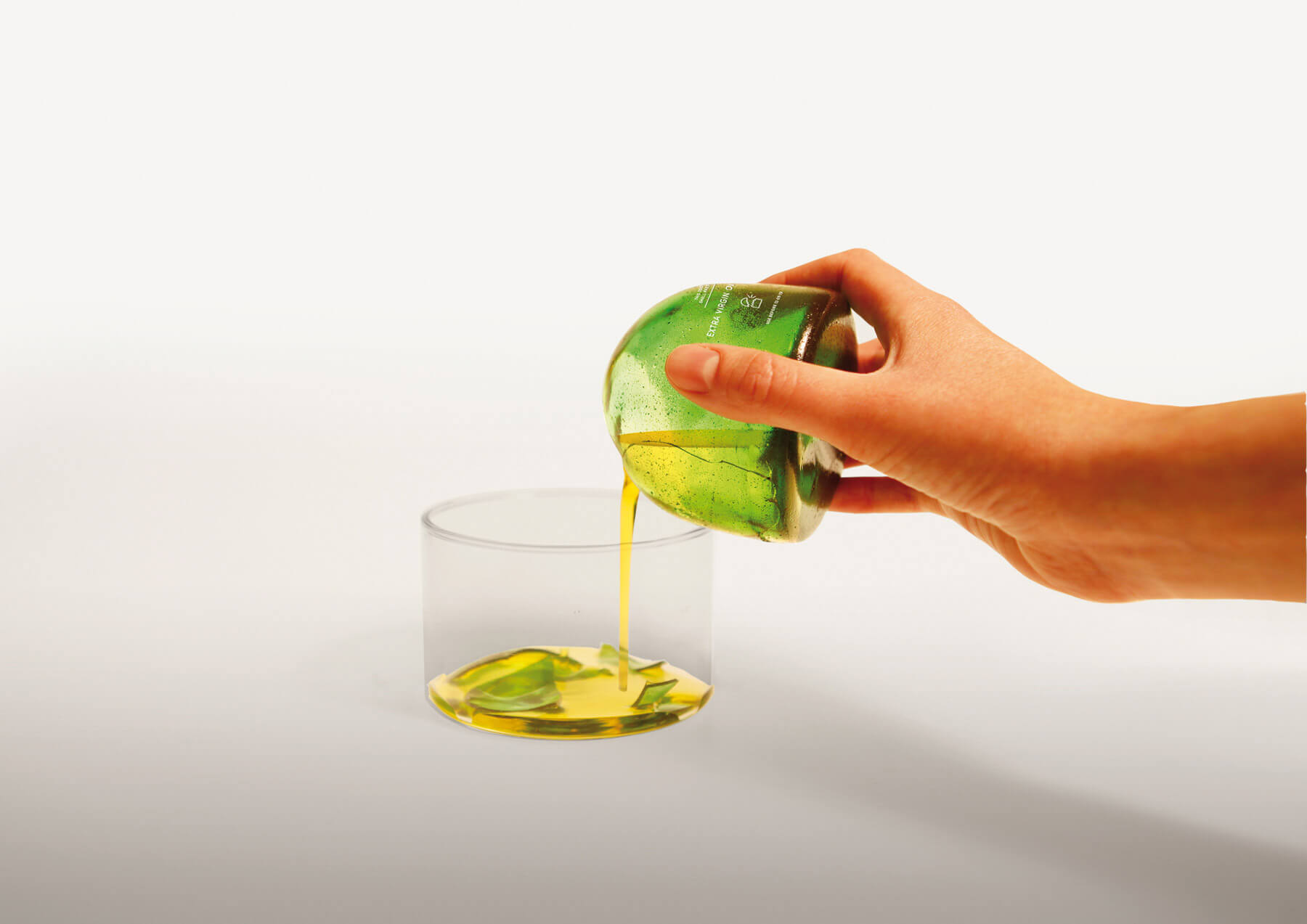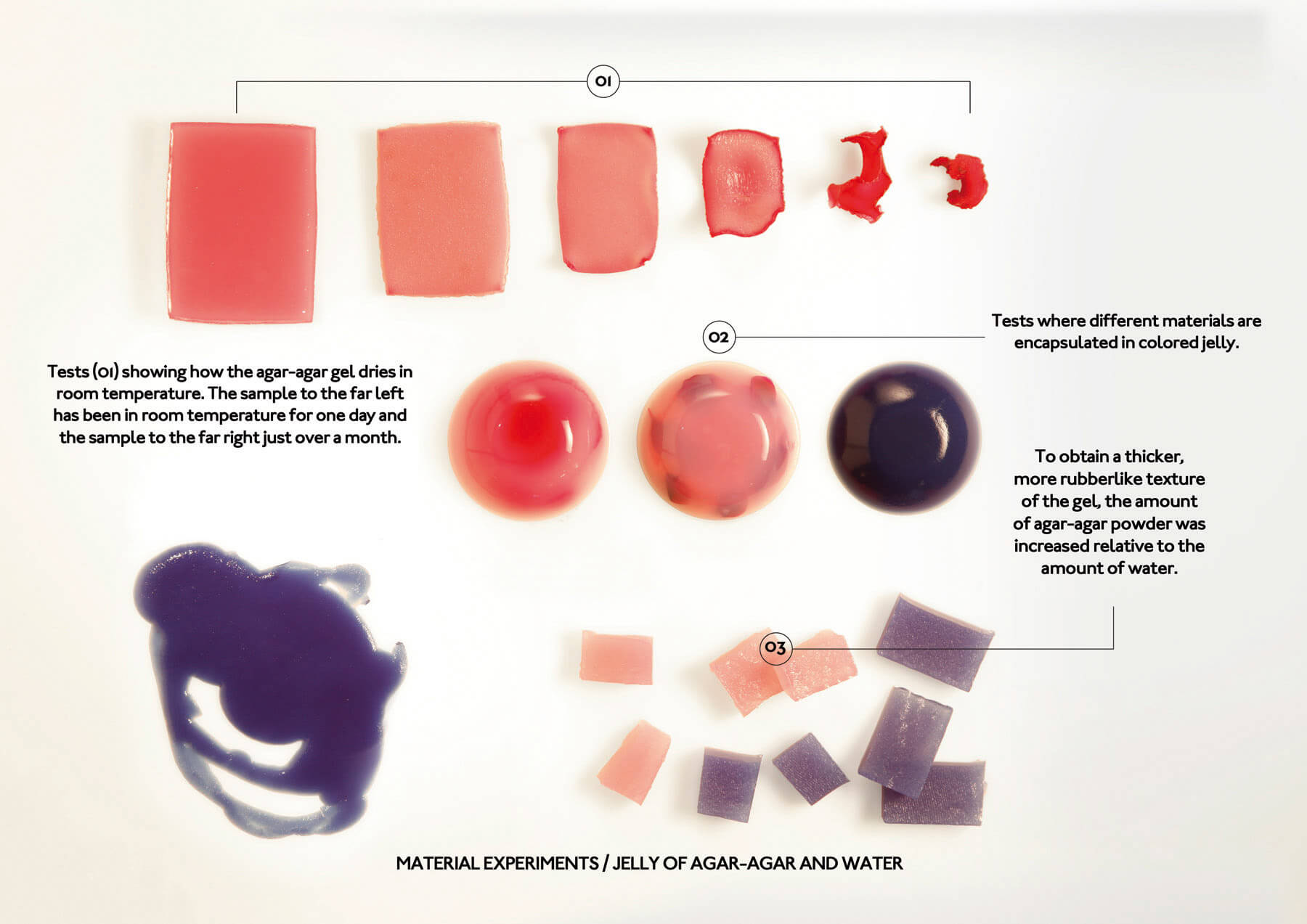If your kitchen is flooded with water because you forgot to turn off the sink, what will you do first? Will you start to wipe water off the floor or will you turn off the sink to keep it from flooding even more? This is a way of seeing our environmental problems as well. As consumers, we make choices every single day. When it comes to packaging, we take both content and appearance into account. But why is the contents’ durability so much shorter than the packaging itself? The design agency Tomorrow Machine asked themselves this question, and answered it by making packaging that evolves with its content. We asked Tomorrow Machine about their projects and how the visual aspect affects their packaging design.
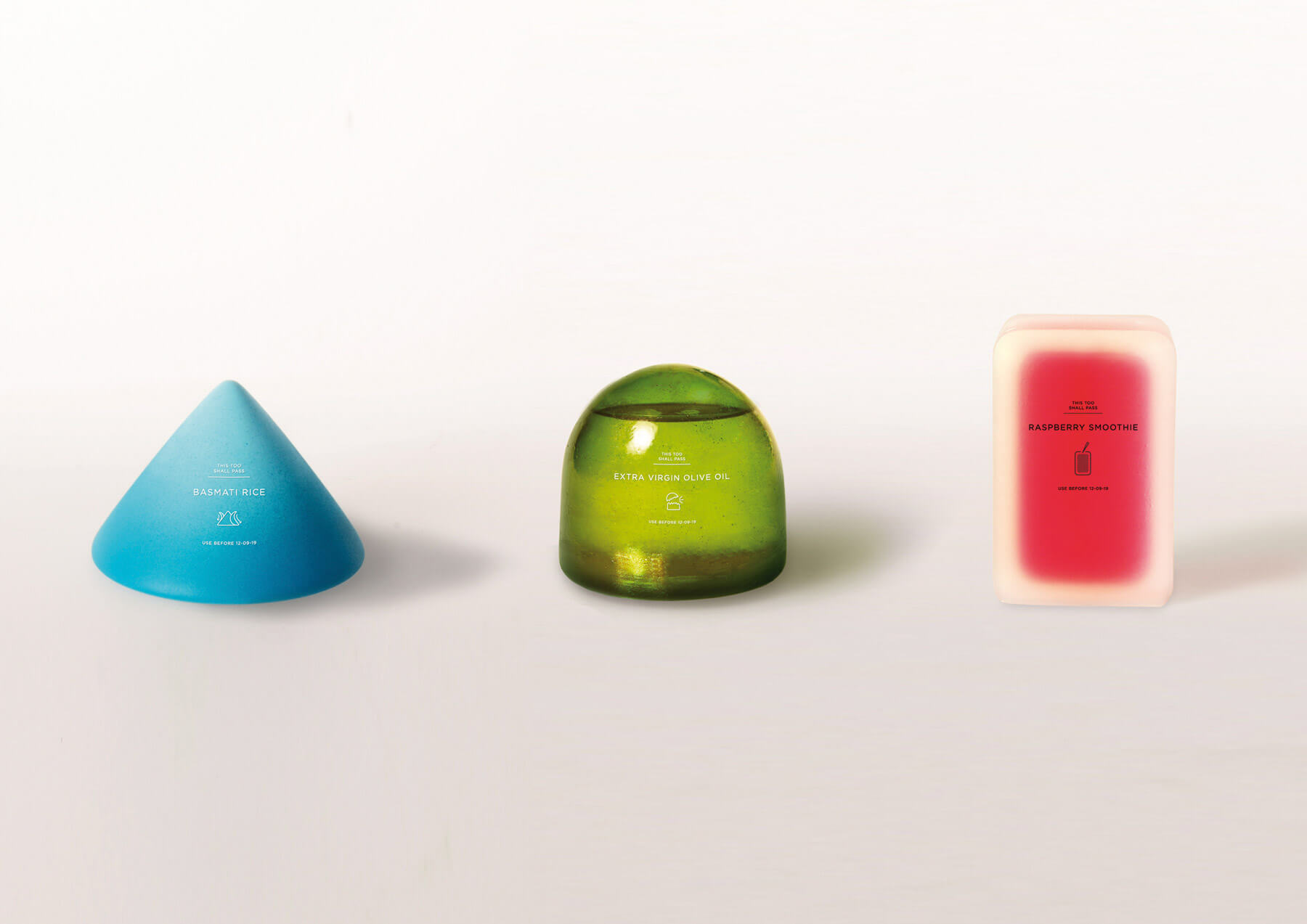
Tomorrow Machine is a Swedish design agency run by Anna Glansén and Hanna Billqvist in Stockholm and Paris. They specialize in packaging, product, and food concepts. Their vision is to create a better world through research, new technology and material. They look at science from a creative point of view and use this to create sustainable products for a better future. With focus on their projects This Too Shall Pass and Sustainable Expanding Bowl, we have talked to Anna and asked her what role the visual plays in their design and why sustainable packaging is so important.
A: Most of the packaging we see today is made of non-renewable material from non-renewable resources. For environmental reasons it is important to create packaging with renewable resources.
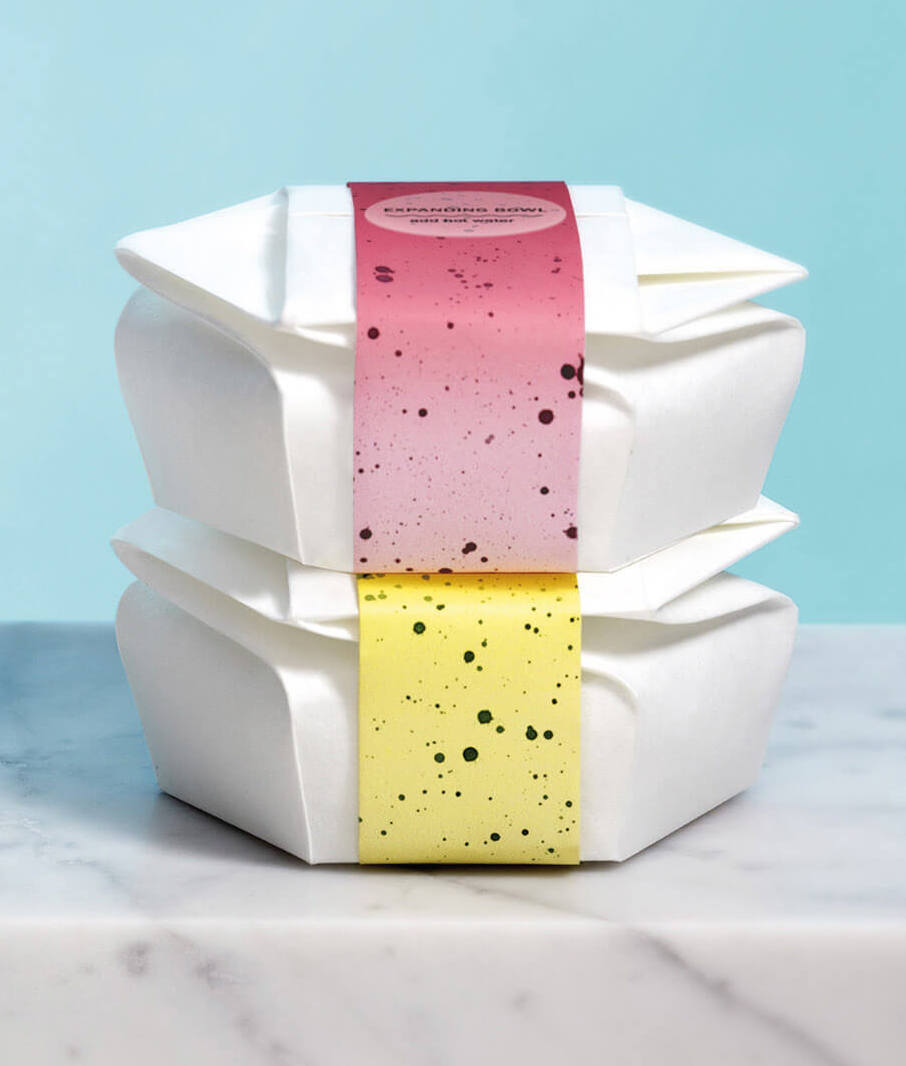
Tomorrow Machine’s target audience is everyone who uses disposable packaging today, and their speciality is packaging made for food. With different materials like beeswax, algae, and caramelized sugar, the packaging and the content are in symbiosis. This makes the challenge of recycling go away, because the packaging does it itself—you can even eat it. Tomorrow Machine’s focus is on research and creative science, but what role does the visual have in their design?
A: To create products that appeal to a large audience it is important to create beautiful and interesting products that the customer wants to buy.
Is the visual aspect as important as the product’s function?
A: Function is our main priority, in addition we create the visual design. But the visual aspect is very important when you design a product, form and function do not exclude each other.
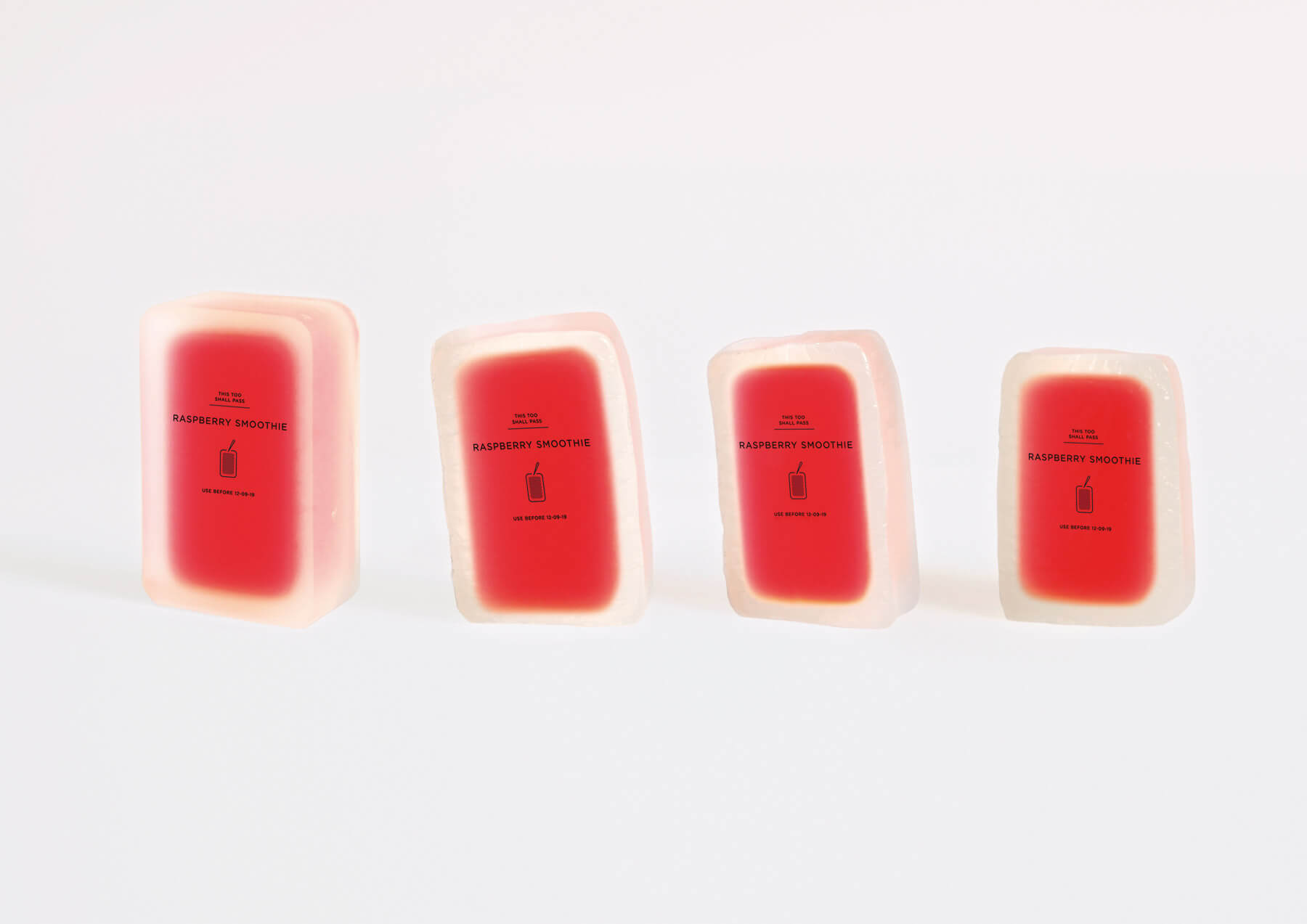
Tomorrow Machine has created something quite special with new and exciting materials. The materials make it possible for the consumer to choose sustainable products. The agar agar allow fruit and dairy products to evolve with the material, and this way shows the durability of the product in the product itself. The caramelised sugar is covered in a layer of beeswax, and makes great packaging for oily products. To open this packaging you crack it like an egg. Afterwards you put it in the sink, and let the water run on it, and it will dissolve all by itself. With beeswax they have made a solution to peel the packaging like a fruit to reveal its contents. These nontraditional materials might be the future of packaging design. One can not use just any material when creating sustainable packaging. Does the visual aspect make it harder to design sustainable packaging?
A: No, certainly not. We want to create next generationsustainable packaging that is both visually appealing, interesting, and sustainable.
“We wish to create the next generation’s sustainable packaging that is both visually appealing, interesting and sustainable.”
How does the material affect the visual part of your design?
A: Very much, we design and construct a product based on the material, that is the first step. After that comes the visual design.
Luckily, tomorrow’s packaging may be something way different than what we are used to today. With the ocean full of plastic and overflowing garbage cans, it is a great help not having to throw away all the packaging we use every day. In order to solve the major environmental problems, it is not enough to sort the trash we make, we have to create less trash in general. We have to turn off the sink.
